Coming to Hoa Binh , tourists often cannot miss the specialties made from "giant" fish, famous for their firm, delicious meat in the Da River such as grass carp, catfish, catfish, common carp...
Steamed carp from the Da River with papaya leaves is a specialty that always appears in the meals of the Thai people on holidays, Tet, and new rice celebrations. Nowadays, this dish is brought to restaurants and resorts to serve tourists from afar.
At first, when hearing the name, many tourists hesitate about the taste of the dish, because papaya leaves are very bitter, difficult to eat, mainly used as medicine. The appearance of steamed grass carp with papaya leaves is also not attractive: the fish is wrapped in discolored leaves, wrapped roughly.
Only when the waiter gently peels the leaf skin, do diners see thick pieces of fish with pure white meat, steaming hot, and a rich, slightly pungent aroma rush into their noses, stimulating their sense of smell.
According to Ms. Lo Huong Giang, a Thai ethnic in Xam Khoe commune (Mai Chau, Hoa Binh), currently a local chef, the ingredients of this dish include grass carp (fish weighing 3kg or more, usually chosen from the upper part of the body, close to the head to have fewer bones and a wide belly), male papaya leaves that are not too young, not too old, and some herbs and spices such as dog mint, coriander, dill, green onions, lemongrass, ginger, mac khen, chili, pepper, and dried onions.
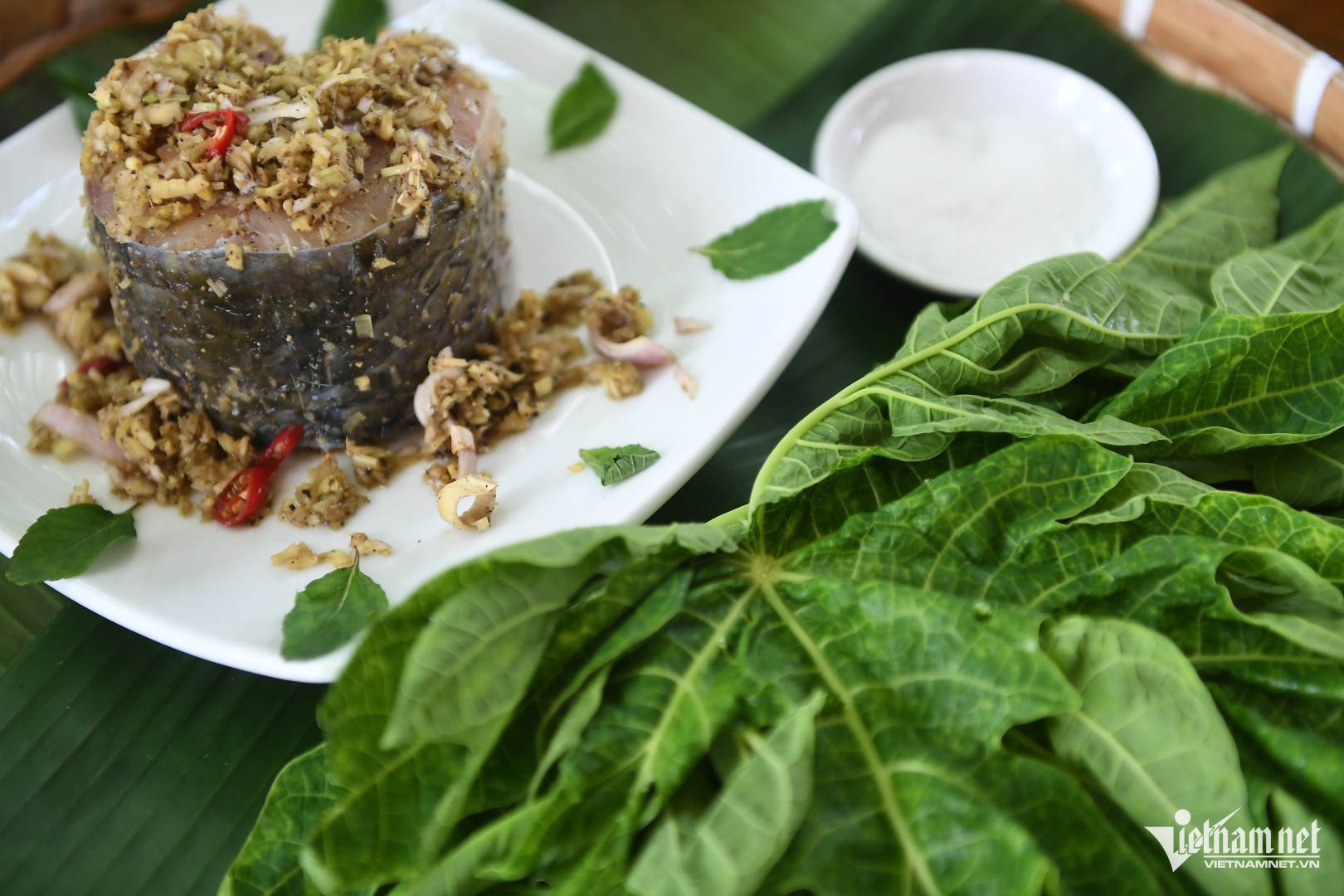
The Da River grass carp is cleaned and cut into thick pieces, about 2/3 the size of an adult's hand. The chef marinates and stuffs the fish with a mixture of ginger, lemongrass, chili, shallots, pepper, and young papaya leaves, and leaves it for about 2 hours to marinate.
The "young" male papaya leaves are used to wrap the fish, then a layer of banana leaves is added, neatly wrapped like a banh chung. "This layer of leaves wraps another layer of leaves so that when steamed, the fish juice does not flow out, losing its delicious flavor," said Ms. Giang. In some places, the chef cuts the papaya leaves into small pieces and wraps them around the fish, before wrapping them again with banana leaves.
The fish package is steamed for 1.5 - 2 hours so that the fish pieces are cooked evenly, the papaya leaves are soft, releasing their flavor, and permeating the fish. This dish is served to customers immediately after being taken out of the pot, ensuring it is hot and steaming.
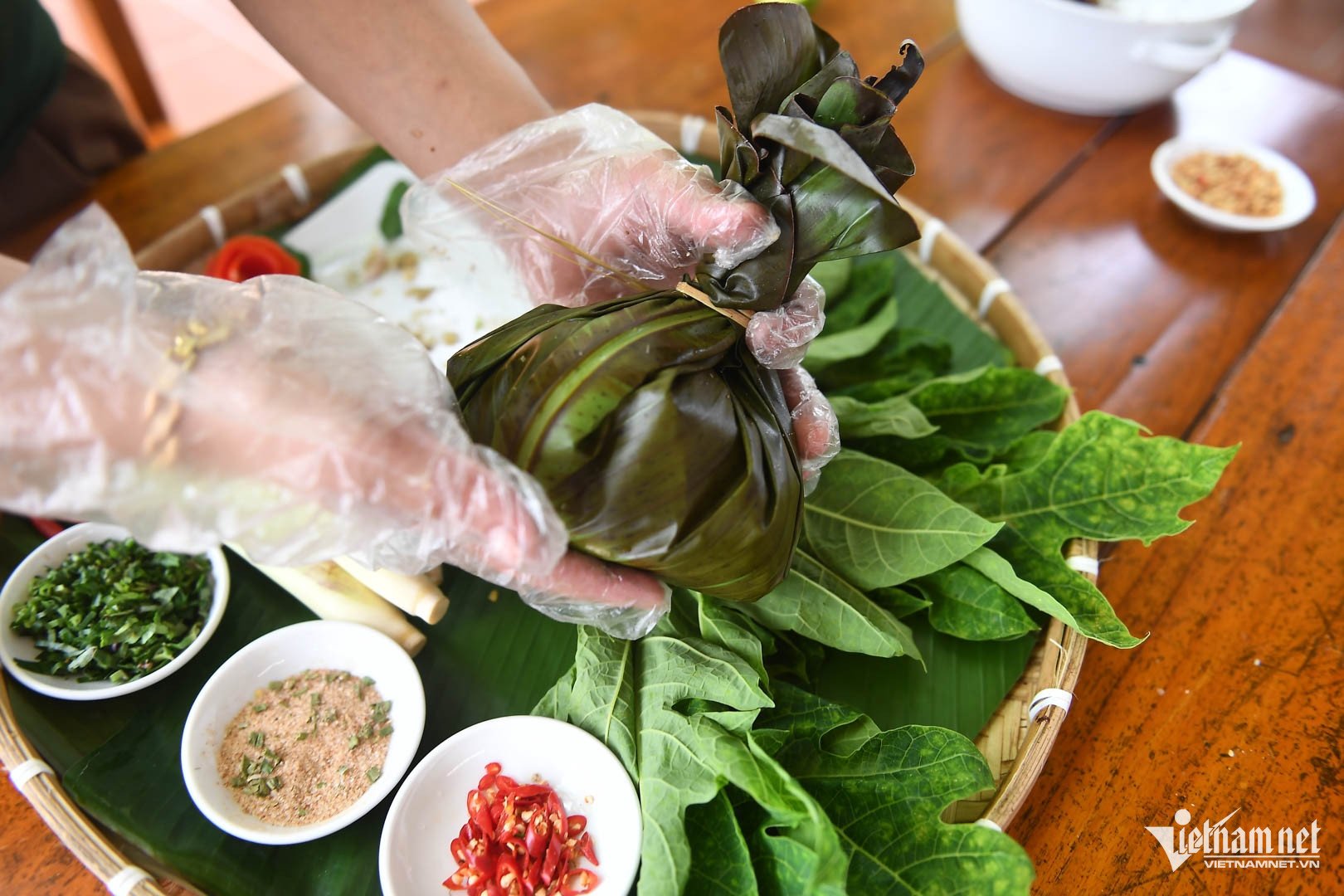
Enjoying the first piece of fish, diners will feel the bitter taste of papaya leaves on the tip of their tongue, but the fish meat is rich, sweet, and has a distinctive aroma. When they eat the second and third pieces, the bitter taste seems to disappear, diners nod in approval. Northwest spices such as chili, pepper, and mac khen make the dish even more attractive.
Mai Chau tourist area (Hoa Binh) has many unique specialties such as ant salad, grilled duck in bamboo tubes, snail cake, gai cake, grilled chicken with mac khen... This has become the highlight of the community tourism type that is developing here, besides the landscape and traditional cultural beliefs.
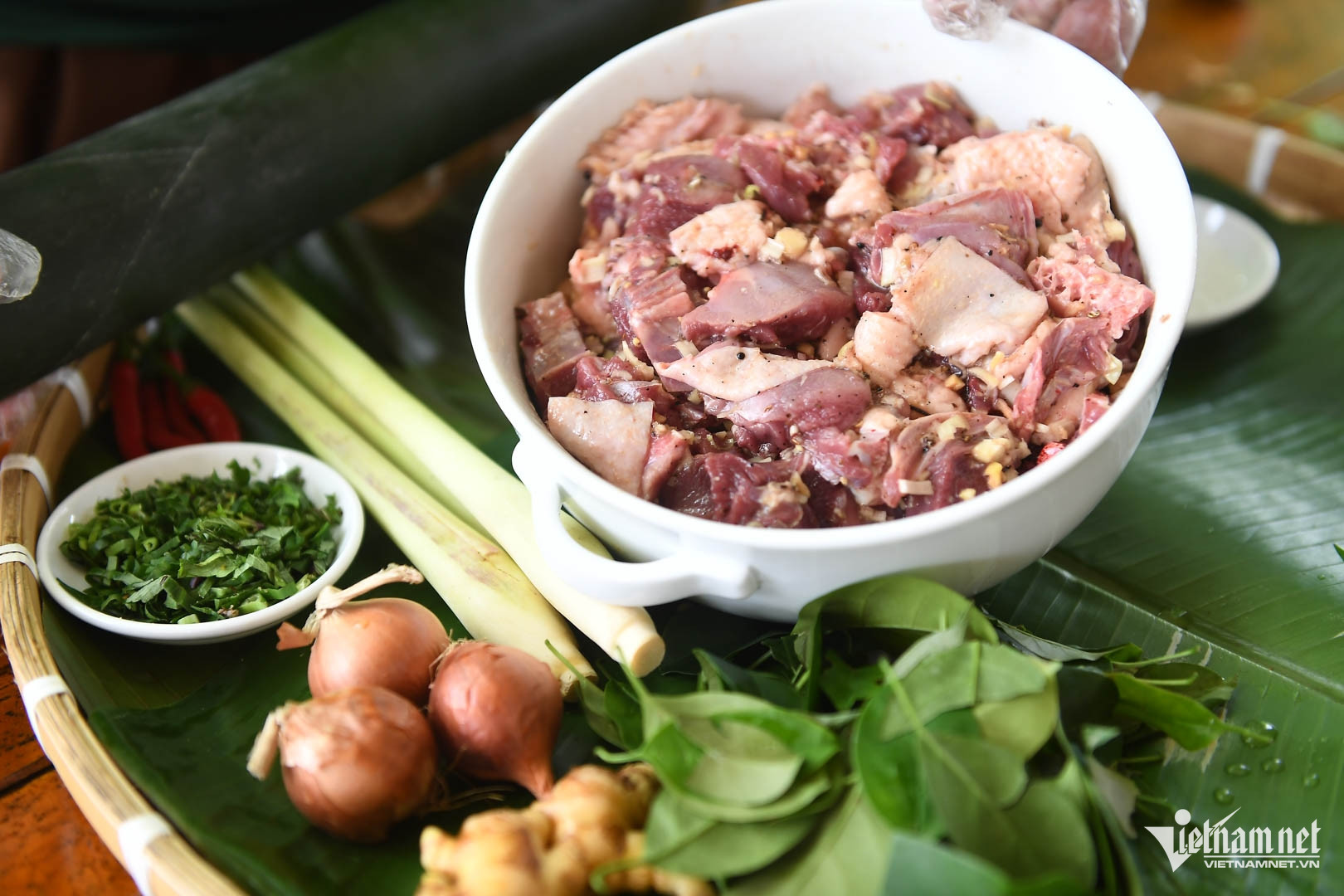 | 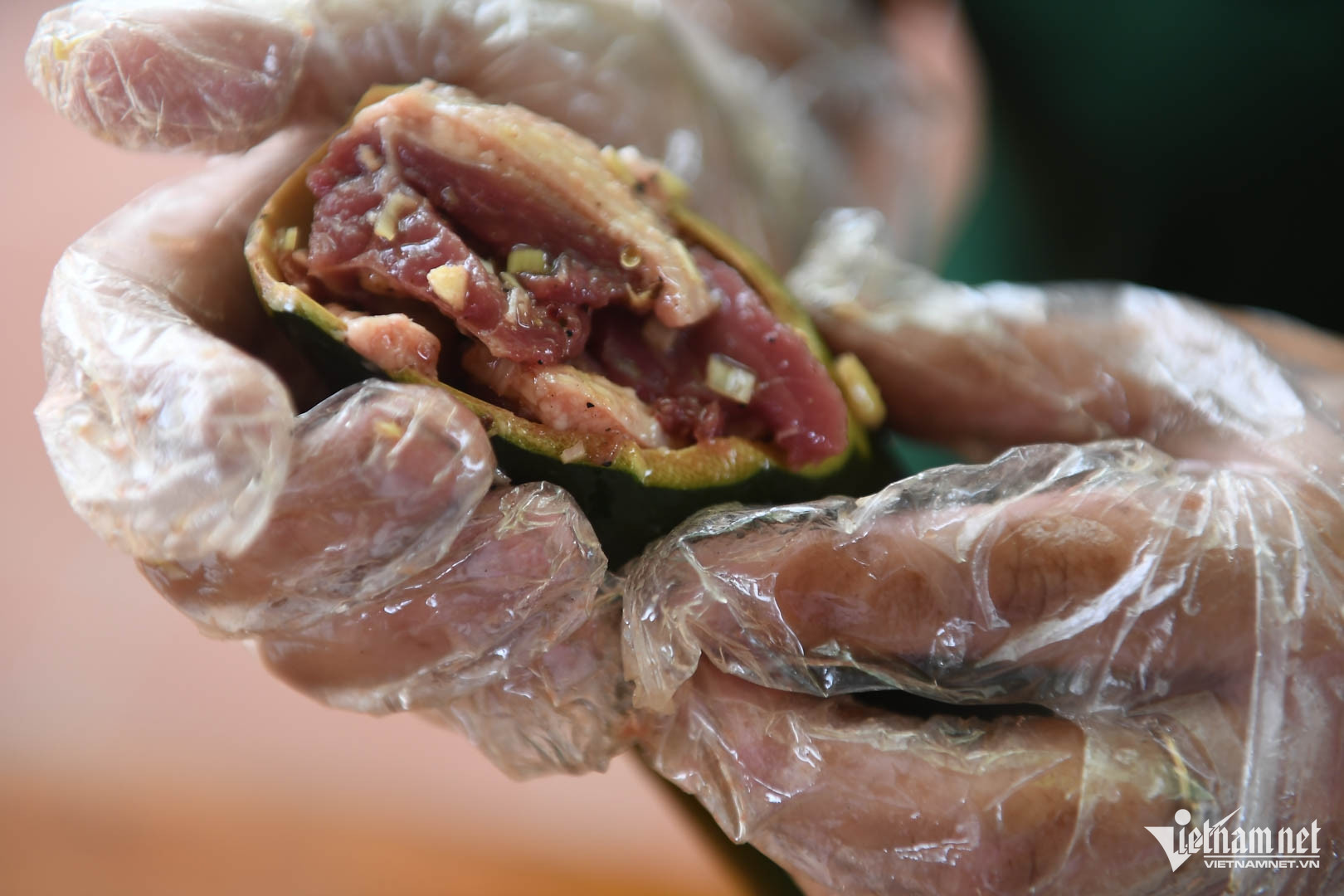 |
According to the Department of Culture, Sports and Tourism of Hoa Binh province, in the first 6 months of the year, the locality welcomed 2.6 million visitors, an increase of approximately 10% over the same period, achieving 61.9% of the yearly plan. Of which, Hoa Binh city welcomed 280,000 visitors, Mai Chau district welcomed 210,000 visitors, and Kim Boi district welcomed 180,000 visitors.
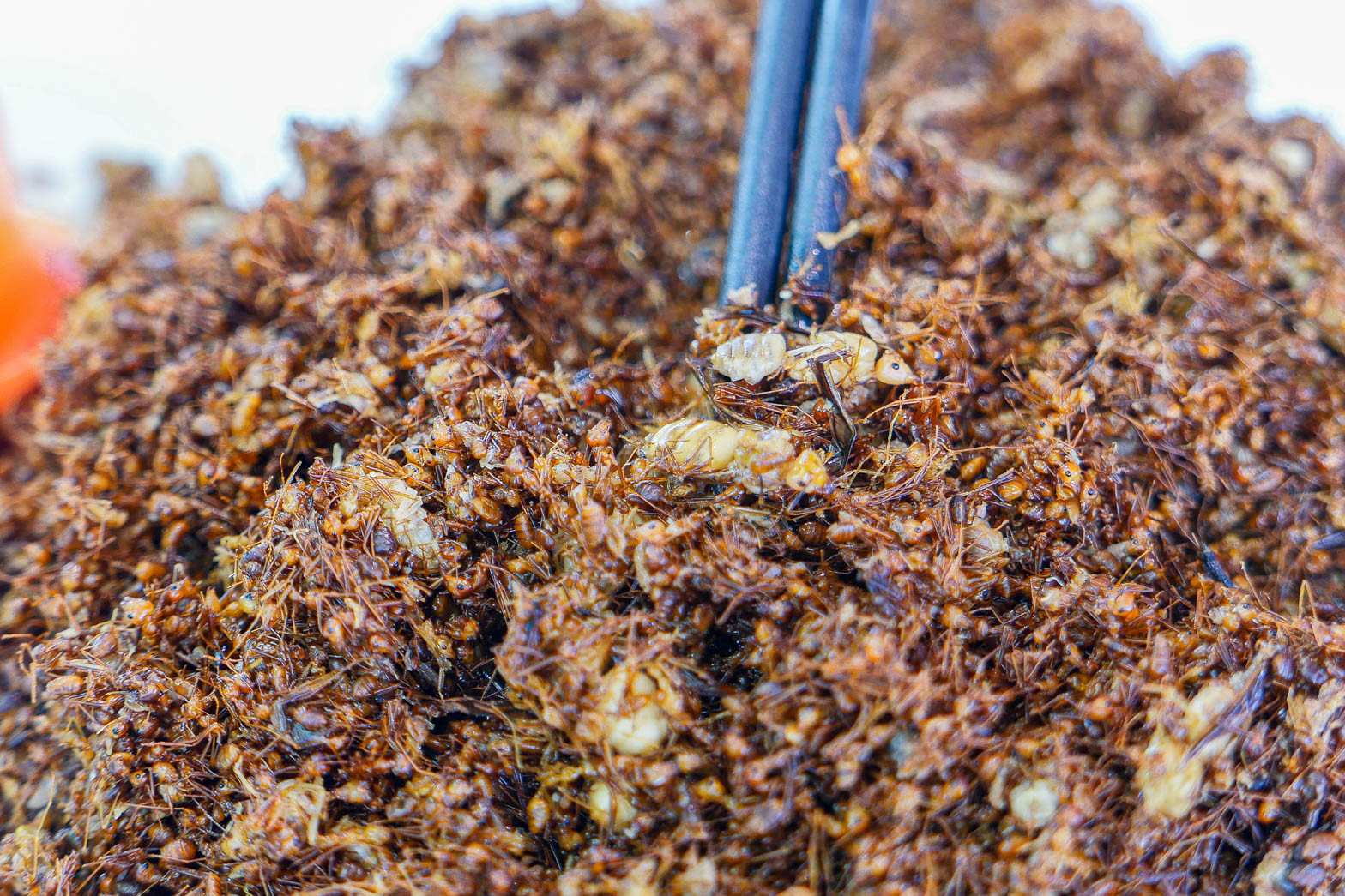
Source: https://vietnamnet.vn/ca-tram-song-da-hap-loai-la-dang-ngat-khach-nhan-mat-roi-gat-gu-khen-ngon-2306384.html


![[Photo] Unique Phu Gia horse hat weaving craft](https://vphoto.vietnam.vn/thumb/1200x675/vietnam/resource/IMAGE/2025/10/10/1760084018320_ndo_br_01-jpg.webp)
![[Photo] Opening of the World Cultural Festival in Hanoi](https://vphoto.vietnam.vn/thumb/1200x675/vietnam/resource/IMAGE/2025/10/10/1760113426728_ndo_br_lehoi-khaimac-jpg.webp)
![[Photo] Ho Chi Minh City is brilliant with flags and flowers on the eve of the 1st Party Congress, term 2025-2030](https://vphoto.vietnam.vn/thumb/1200x675/vietnam/resource/IMAGE/2025/10/10/1760102923219_ndo_br_thiet-ke-chua-co-ten-43-png.webp)







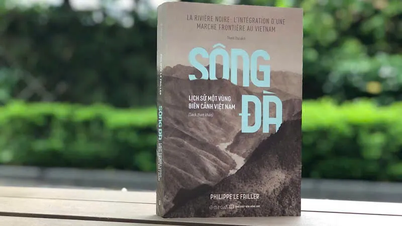

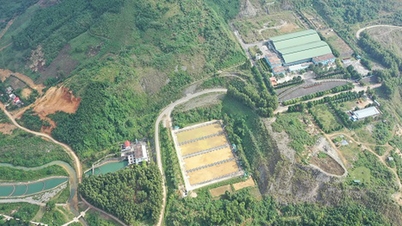









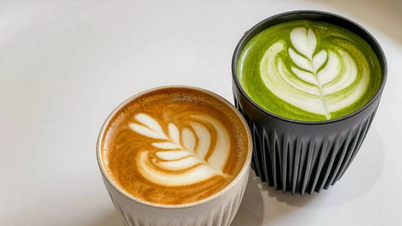
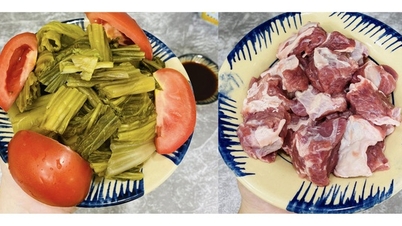
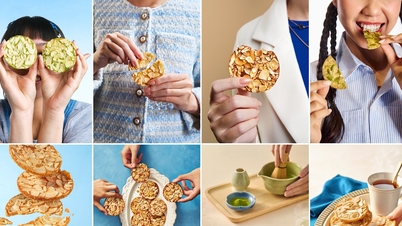










































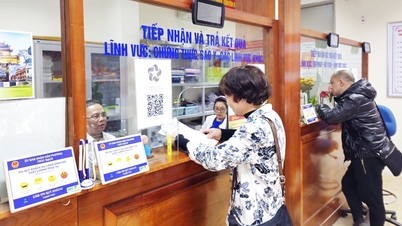

































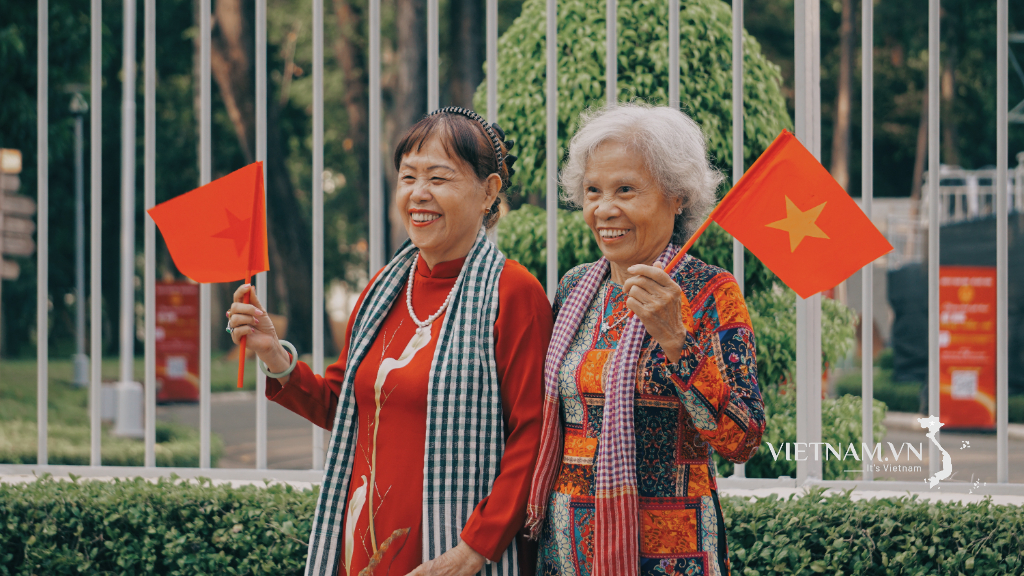
Comment (0)